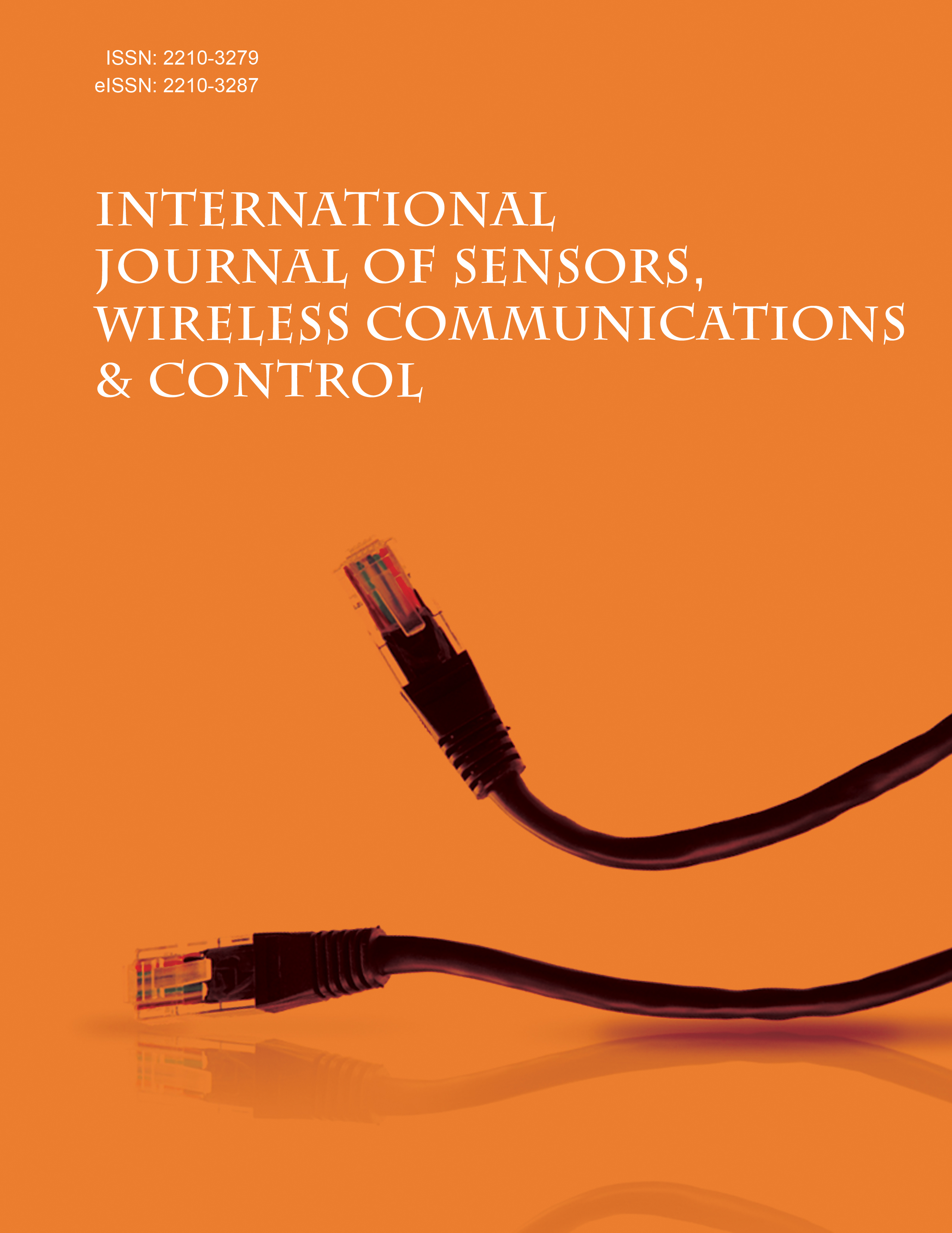- Home
- A-Z Publications
- International Journal of Sensors Wireless Communications and Control
- Previous Issues
- Volume 14, Issue 4, 2024
International Journal of Sensors Wireless Communications and Control - Volume 14, Issue 4, 2024
Volume 14, Issue 4, 2024
- Computer and Information Science, Networking, Engineering, Telecommunication
-
-
-
Image Steganalysis using Deep Convolution Neural Networks: A Literature Survey
More LessAuthors: Numrena Farooq and Roohie Naaz MirSteganography is the technique of hiding data for secret communication in a public media format. The image in which the hidden data is stored is called a stego image. Steganalysis is the process of targeting the methods of steganography to identify, remove, destroy, and exploit the secret data in stego images. The identification of embedded secret data in the image is the basis for steganalysis. The proper s Read More
-
-
-
-
Sub-1 GHz RF-based Energy-efficient Sensor Node for Secure Communication in Low-power IoT and Embedded Applications
More LessAuthors: Ishfaq Sultan and Mohammad Tariq BandayBackgroundThe Internet of Things (IoT) devices consist of a microcontroller unit for data processing, a low-power wireless radio module for data transmission, and various sensors for data collection. The sensor nodes and processing devices used in the Internet of Things are resource-constrained, with power consumption and security being the two most critical parameters.ObjectivesThis paper addresses the challenge Read More
-
-
-
Spectrum and Power Efficient Anti-jamming Approach for Cognitive Radio Networks Based on Reinforcement Learning
More LessAuthors: Hussein Jdeed, Wissam Altabban and Samer JamalBackgroundSpectrum scarcity, spectrum efficiency, power constraints, and jamming attacks are core challenges that face wireless networks. While cognitive radio networks (CRNs) enable the sharing of licensed bands when they are unoccupied, the spectrum should be used efficiently by the secondary user (SU) to ensure a high data rate transmission. In addition, the mobility of the SUs makes power consumption a matter of Read More
-
-
-
Novel Energy-efficient Modified LEACH Routing Protocol for Wireless Sensor Networks
More LessIntroductionIn wireless sensor networks (WSNs), hierarchical clustered routing protocols play a crucial role in minimizing energy consumption. The Low Energy Adaptive Clustering Hierarchy (LEACH) architecture is commonly employed for application-specific protocols in WSNs. However, the LEACH protocol may lead to increased energy consumption within the network if the rotational distribution of cluster heads (CHs) is not Read More
-
Volumes & issues
Most Read This Month
Article
content/journals/swcc
Journal
10
5
false
en


